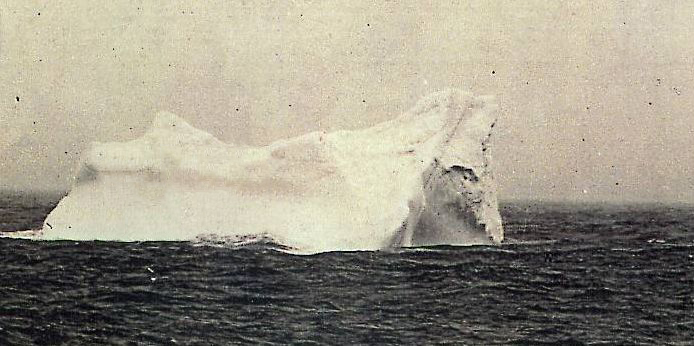Alan Parsons is a music engineer, which started to work at Abbey Road Studios when he was 18. He's also responsible of the making of "The Dark Side of the Moon", by Pink Floyd.

His band, The Alan Parsons Project, released many albums and had some hits, just like Eye in the Sky, this one, and one of my favourites:
Don't think sorry's easily said
Don't try turning tables instead
You've taken lots of Chances before
But I'm not gonna give anymore
Don't ask me
That's how it goes
Cause part of me knows what you're thinkin'
Don't say words you're gonna regret
Don't let the fire rush to your head
I've heard the accusation before
And I ain't gonna take any more
Believe me
The sun in your Eyes
Made some of the lies worth believing
I am the eye in the sky
Looking at you
I can read your mind
I am the maker of rules
Dealing with fools
I can cheat you blind
And I don't need to see any more
To know that
I can read your mind, I can read your mind
Don't leave false illusions behind
Don't Cry cause I ain't changing my mind
So find another fool like before
Cause I ain't gonna live anymore believing
Some of the lies while all of the Signs are deceiving
I am the eye in the sky
Looking at you
I can read your mind
I am the maker of rules
Dealing with fools
I can cheat you blind
And I don't need to see any more
To know that
I can read your mind, I can read your mind...
But, as this is a double post, I'll choose another Alan Parsons' song, my favourite in fact... For me, one of the best songs ever... Specially the ending, which is simply epic! It's The Turn of a Friendly Card, divided in two parts, and extracted from the namesake album, a thematic album about gambling. And so, this is the song! Be patient and listen to it until the end!
Part I
There are unsmiling faces and bright plastic chains
And a wheel in perpetual motion
And they follow the races and pay out the gains
With no show of an outward emotion
And they think it will make their lives easier
For God knows up till now it's been hard
But the game never ends when your whole world depends
On the turn of a friendly card
No the game never ends when your whole world depends
On the turn of a friendly card
There's a sign in the desert that lies to the west
Where you can't tell the night from the sunrise
And not all the king's horses and all the king's men
Have prevented the fall of the unwise
And they think it will make their lives easier
For God knows up till now it's been hard
But the game never ends when your whole world depends
On the turn of a friendly card
No the game never ends when your whole world depends
On the turn of a friendly card
But a pilgrim must follow in search of a shrine
As he enters inside the cathedral...
Part II
There are unsmiling faces in fetters and chains
On a wheel in perpetual motion
Who belong to all races and answer all names
With no show of an outward emotion
And they think it will make their lives easier
But the doorway before them is barred
And the game never ends when your whole world depends
On the turn of a friendly card
No the game never ends when your whole world depends
On the turn of a friendly card...
For me, simply Amazing!










